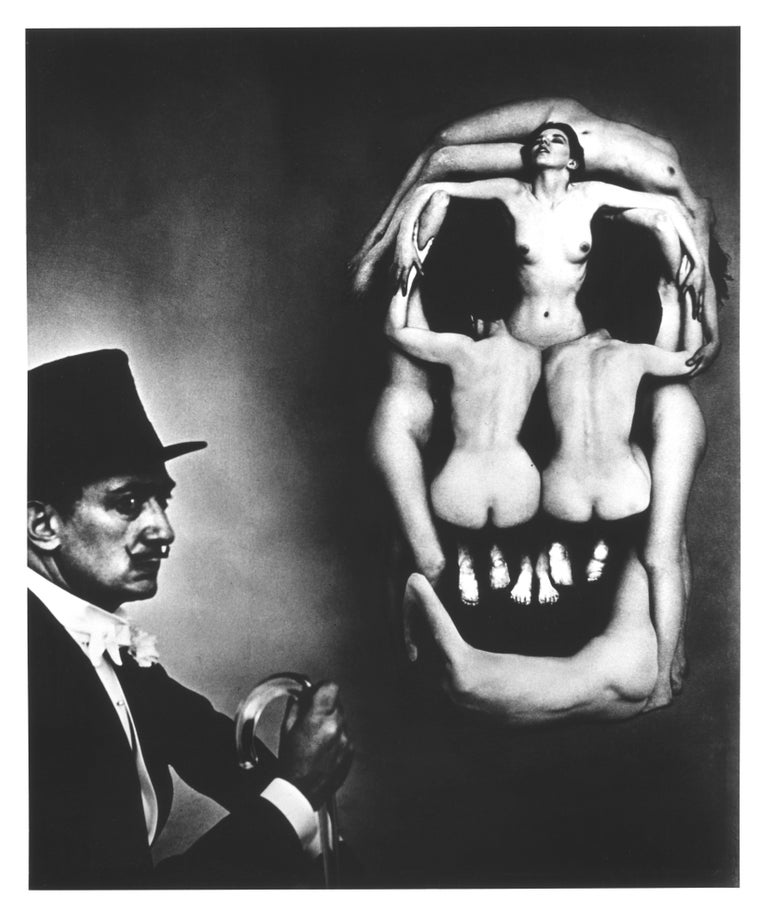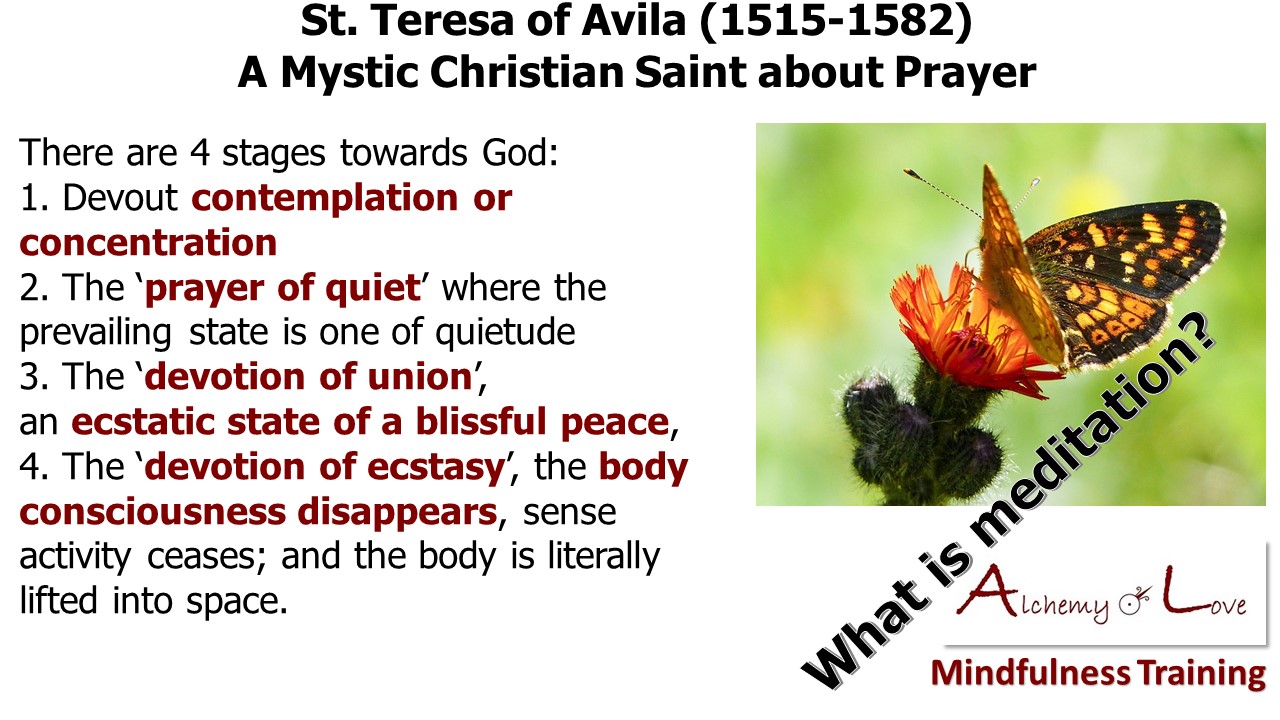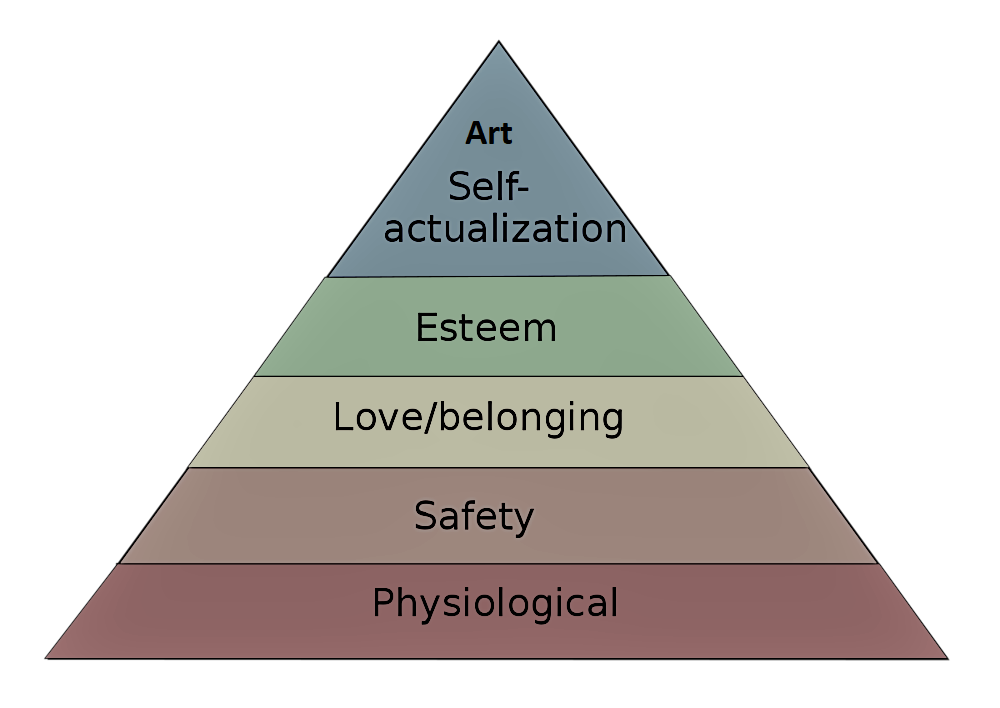Tuesday 28 May 2019 at 09:49 am
Learning about sub-consciousness and art from Jung and Dali
Within us we carry a kind of artistic memory which transcends cultures, the national borders and the limitation of time, and space, it is a type of a psychological inheritance of humanity.
Jung suggests that if an individual is able to integrate the unconscious ideas into the conscious activity and understanding, this idea acts as the muse of ancient Greek mythology; guiding, and inspiring the artist to create artworks of great power and complexity, giving us spectators a great insighinto human nature.
Within my journeys, whenever I encountered the art works of Dali, whether in Tate museum in London, Dali's museum in Barcelona, Spain or in Venice, I would stop in Wonder.
Voluptas Mors or Voluptuous / Desirable Death, 7 Women forming a human skull for Salvador Dali’s 1951 photo-shoot
Read more
Monday 27 May 2019 at 3:36 pm
In the course of human evolution, people learned to live together, first in small isolated groups, than in larger communities and some of the societies became civilizations. Now, I can bet that you did not know that the first European town-settlement was Lepenski Vir now dated to 9,500 BC. You might say, Plovdiv, in Bulgaria - 6000 BC. Plovdiv is by far the oldest city in Europe, having been founded about 6000 BC... Or Athens, in Greece with its first settlement dating to 3000 BC.
Or perhaps Lepenski Vir, dated to 9,500 BC to 6,000 BC.
The Oldest European Town Lepenski Vir Sculpture
I am now talking about the real cultures, unlike the ones that are only within our mythology, such as Atlantis. Going back to the very cradle of civilization we find:
The Persian civilization and the Ancient Greek Civilization during the period: 2700 BC– 200 AC
Of course, there is Ancient China, it was around 2700 BC that the legendary Yellow Emperor began his rule, The Mayan Civilization, 2600 BC – 900 AC that flourished in Central America. According to them, the world was created on August 11, 3,114 BC, the date from which their calendar begins. So not even they could imagine a culture that is as old as 6,000 BC.
The Indus Valley Civilization, covers the period of 3300 BC–1900 BC. Along with Ancient Egypt and Mesopotamia, it was one of three early civilizations of the ancient world. The peak phase of this civilization was from 2600 BC to around 1900 BC. A sophisticated and technologically advanced urban culture is evident in the Indus Valley civilization. The Mesopotamian Civilization, from around 3300 BC to 750 BC is where civilized society truly began to take shape. They prospered in the regions of modern day Iraq, then known as Babylonia, Sumer, and the Assyria Highlands.
When you speak of anything earlier you get really excited if you find a skeleton dated some 1,000s of years or a cave with arts that goes back a 1,000 of years. The time-line of the Megalithic cultures in Europe, known for constructing the megalithic temples are 3,600 BC: in Malta (Ġgantija and Mnajdra temples); 3,000 BC: Constructions of Ħaġar Qim and Tarxien, and 2,800 BC: Construction of Stonehenge in the UK.
Each civilization contributed to our consciousness and subconscious development in many ways: with new inventions, art, philosophies, lifestyles, etc. From the very cradle of civilization to our children, who we are, is the result of all our learnings.
This relatively recent archaeological finding became extremely interesting when we place the time frame to the settlement and we realise that we are not in the middle of discovery of 1 cave or 1 wall or 1 house but a settlement of 136 homes.
Read more
Learning from God Minos
Tuesday 21 May 2019 at 1:00 pm
A Macedonian lady just told me that her name is Manče and that the name does not mean anything. Coming from such an ancient place, guarding goodness naturally, I was certain that her name hides a higher mystery. My research went back and found the name of the 13th century rulers of these lands (Croatia, Bosnia, Macedonia, Albania) carrying the same name and all claiming supremacy over its origins. So this research, for me, became even more interesting, it went down the history lane of this amazingly mixed universe of Balkan countries.
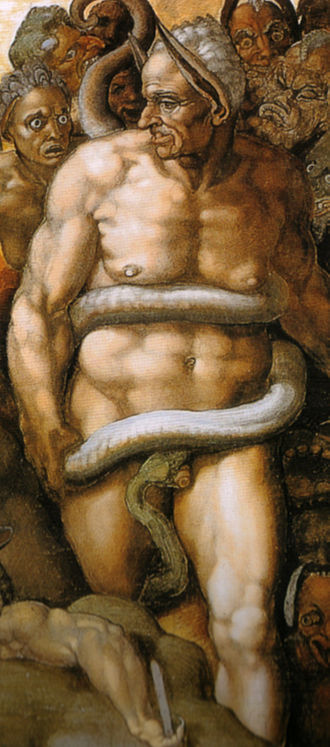
Michelangelo Judge Minos in The Last Judgment Rome
Read more
Learning from St. John and Dionysius 500 AC
Monday 20 May 2019 at 11:54 am
Learning from St. John and Dionysius 500 AC
Dionysius, a Syrian monk who in 500 AC, has devoted his life and research to our Mother Philosophy and her Sister Theosophy, in his noble attempt to unite Neo-Platonic Philosophical thought and Christianity with its mystical experience of god or divine. Known only by his pseudonym, Dionysius, he wrote a series of Greek treatises and for this work he was loved and respected by many. Not able to prove his true name, many a historian and consciousness researcher have gone back to his writings, and as it usually is some have tried to claim the supremacy of his thought, either by plainly copying his concepts or by calling themselves by his-own name.
A large segment of researchers of medieval Christian spirituality do agree with his research and conclusions. For further info check his book: “On the Divine Names”, “On the Celestial Hierarchy”, and “On Mystical Theology”.
God’s transcendence or its divinity is essentially experienced as the pair of opposites: grace and judgment, being and non-being, time and eternity.
Read more
Presence or Absence of Divine Learning from Michelangelo and Van Gogh
Tuesday 14 May 2019 at 4:55 pm
Reconsidering Transcendence and spirituality in art
“Beauty is the word that shall be our first. Beauty is the last thing which the thinking intellect dares to approach, since only it dances as an uncontained splendor around the double constellation of the true and the good and their inseparable relation to one another. Beauty is the disinterested one, without which the ancient world refused to understand itself, a word which both imperceptibly and yet unmistakably has bid farewell to our new world, a world of interests, leaving it to its own avarice and sadness. No longer loved or fostered by religion, beauty is lifted from its face as a mask, and its absence exposes features on that face which threaten to become incomprehensible to man. We no longer dare to believe in beauty and we make of it a mere appearance in order the more easily to dispose of it. Our situation today shows that beauty demands for itself at least as much courage and decision as do truth and goodness, and she will not allow herself to be separated and banned from her two sisters without taking them along with herself in an act of mysterious vengeance. We can be sure that whoever sneers at her name as if she were the ornament of a bourgeois past — whether he admits it or not — can no longer pray and soon will no longer be able to love.”
— Hans Urs von Balthasar
On the 13th of May, I spent hours meditating on the reflections of the two-day international conference on 'Reconsidering Transcendence: Between Presence and Absence' organized by the Faculty of Theology of Malta and their most inspiring Dean John Berry. Invited by a soul-friend Alda, I knew I was up for a treat and I'll tell you in a minute why...
Michelangelo's Passion for Beauty and Transcendent consciousness
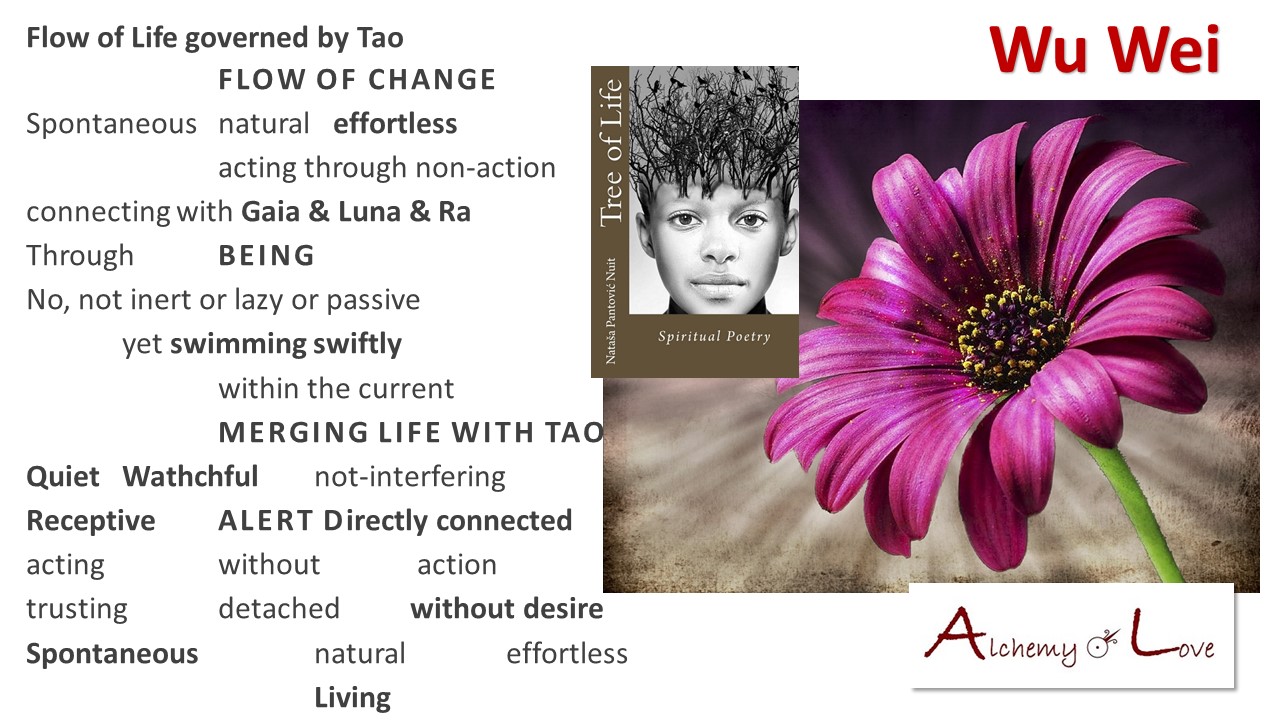
A cousin of mine, Milan Gutić, a University of Belgrade Art Graduate, whilst finalizing his first year of the Faculty of Mathematics, got so inspired by Michelangelo has decided to against the wishes of all his guardians focus on studying Art instead of Abstract Mathematics. During the Art studies, he has devoted one whole year to an inner project, or a joke, wheneupon he has answered any question related to the history of art with an aswer that relates back to Michelangelo's life or work. His profound passion for precision, resonated perfectly with Michelangelo's passion for beauty, his inner drive to go against all the authorities studying day and night, inside his tiny room so he could pass a very difficult entrance exam and his unwavering desire to produce perfect art works, totally reflect the unstoppable willpower that kept Michelangelo painting alone for 24 hours daily, for many days, and has since inspired many scientists to further understand the drive within this man.
Many a times, I have seen the Sistine Chapel in Vatican, he has painted literally on his-own, and his vision of God and Adam, when God gives Adam life has been admired and copied by many of the artists, or spiritual / consciousness researchers from around our beautiful planet.
Read more
